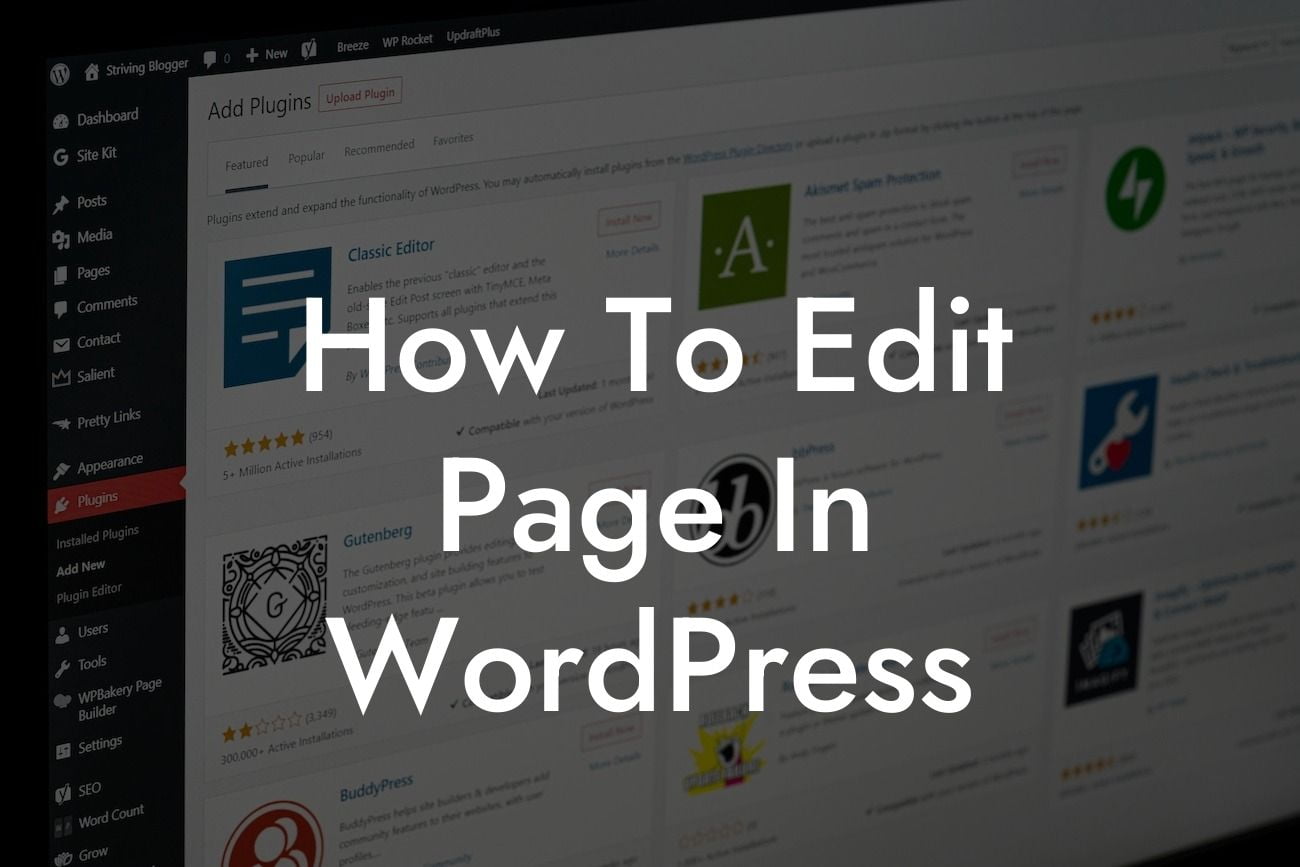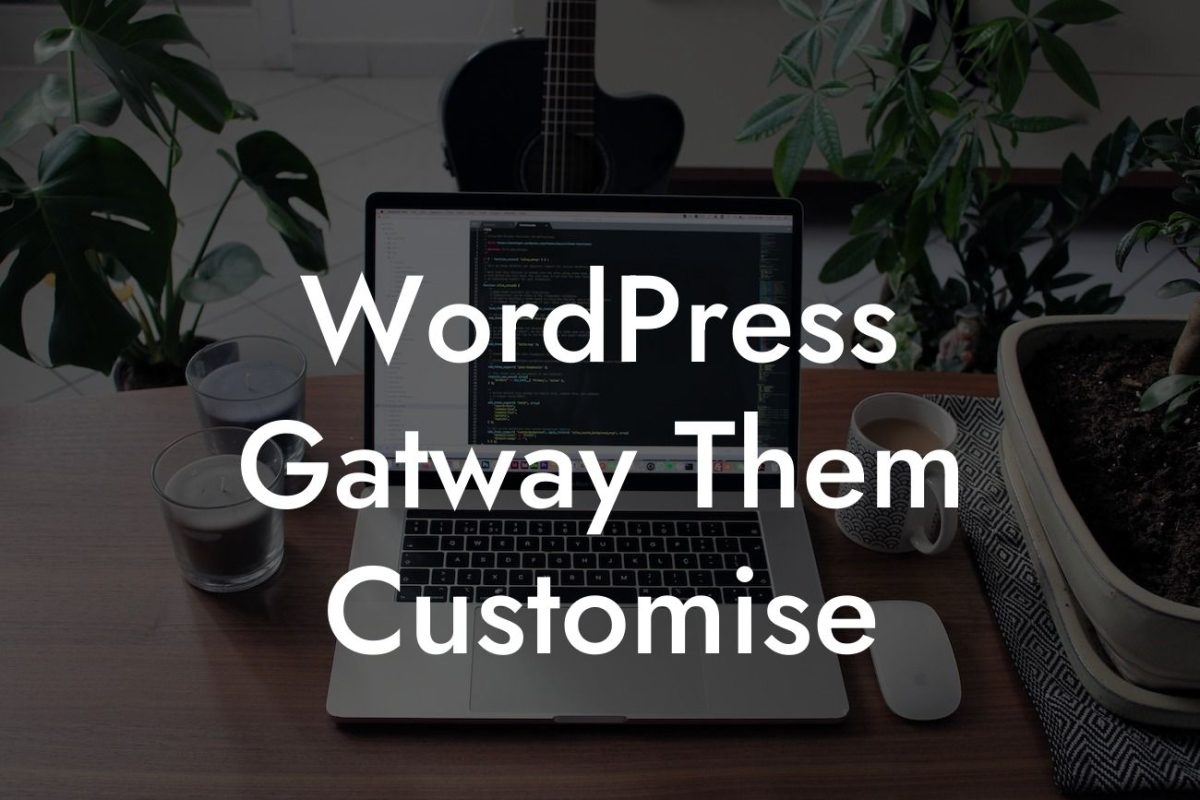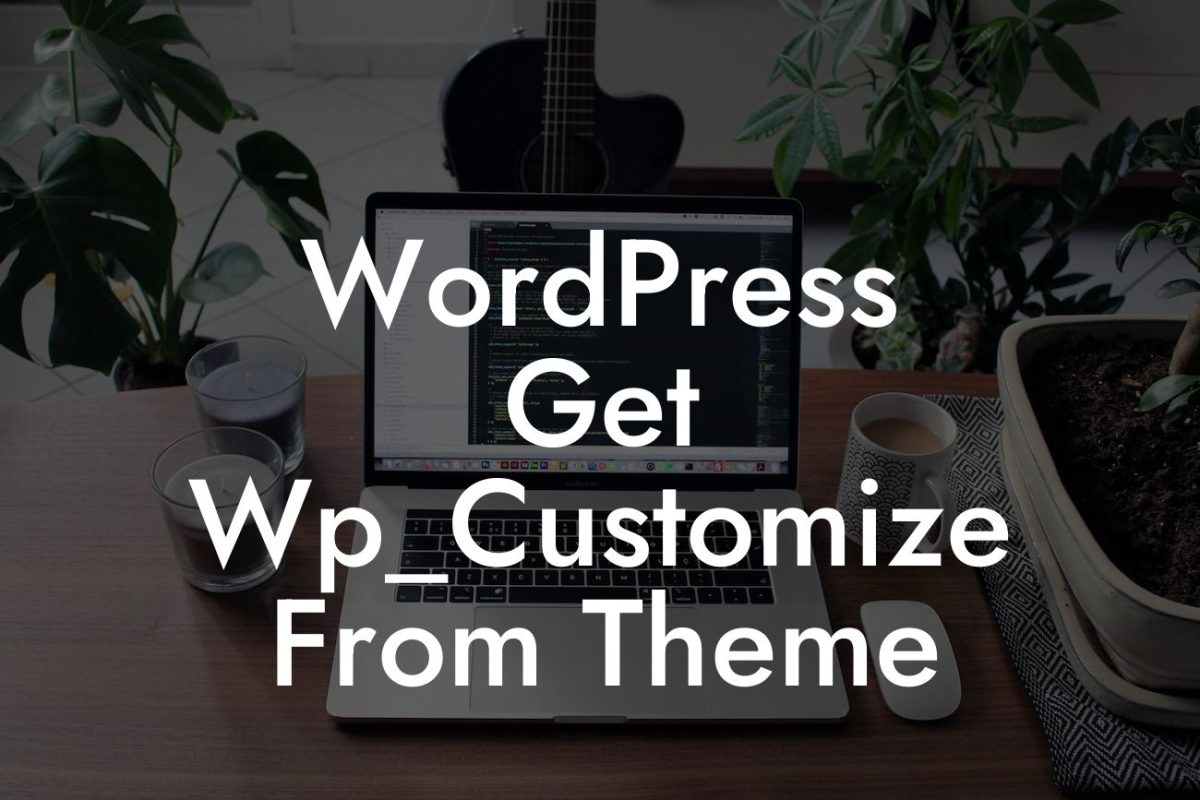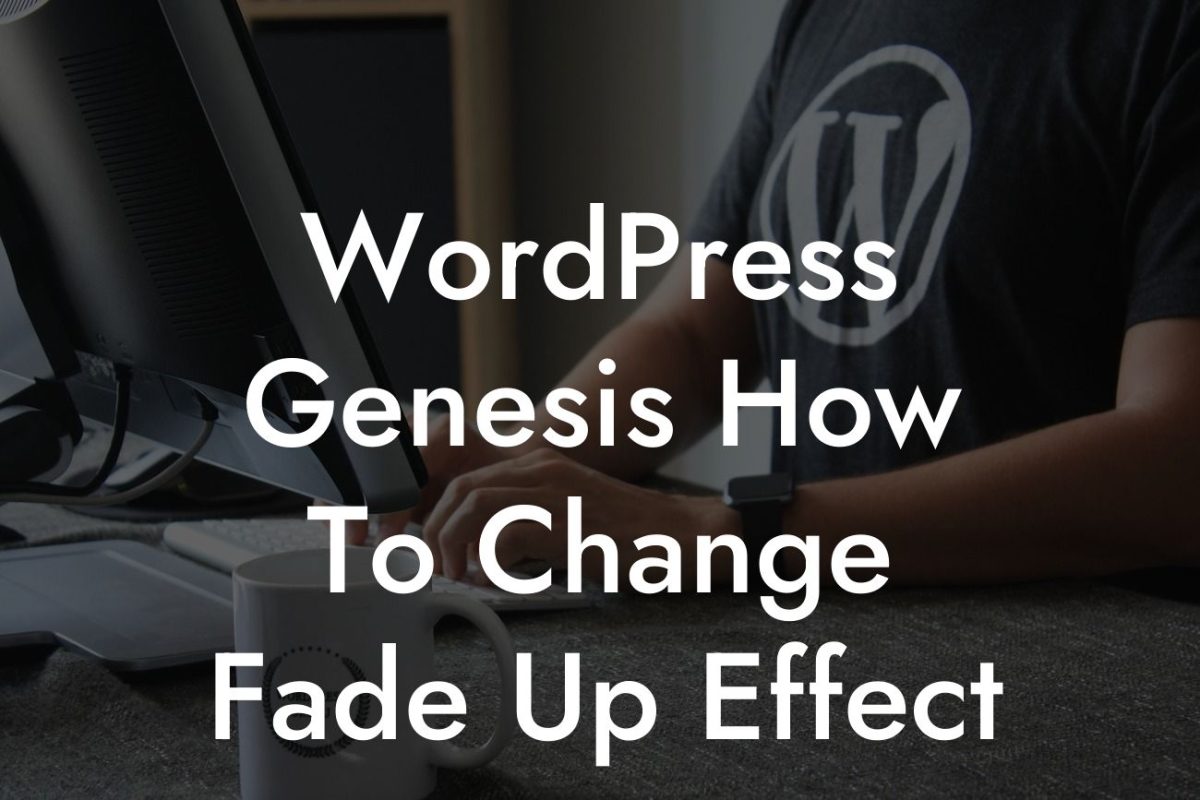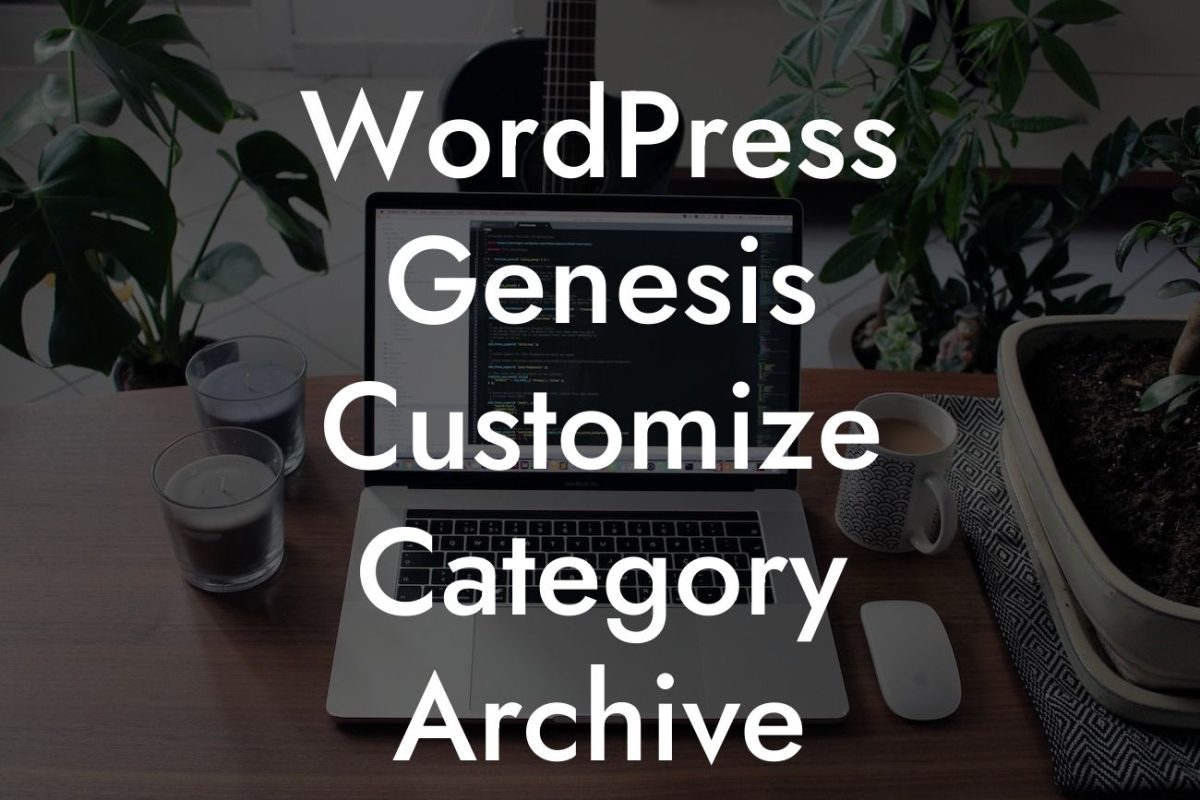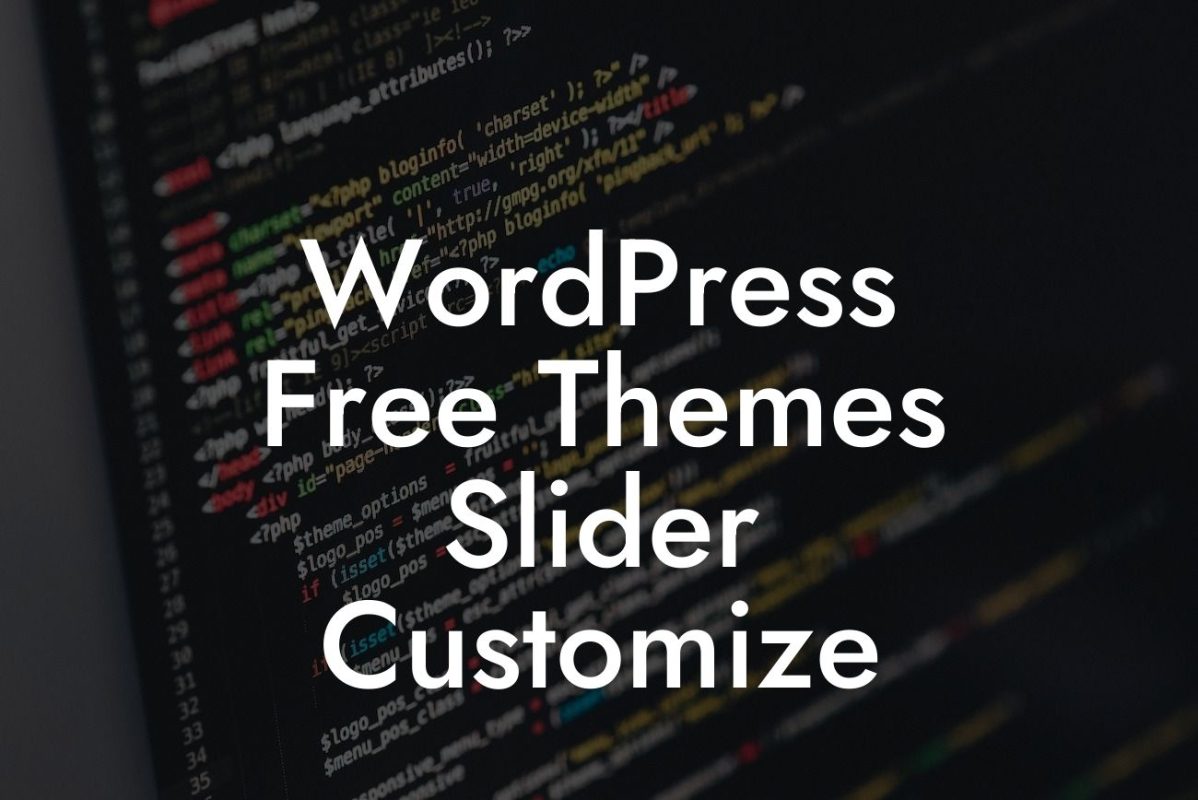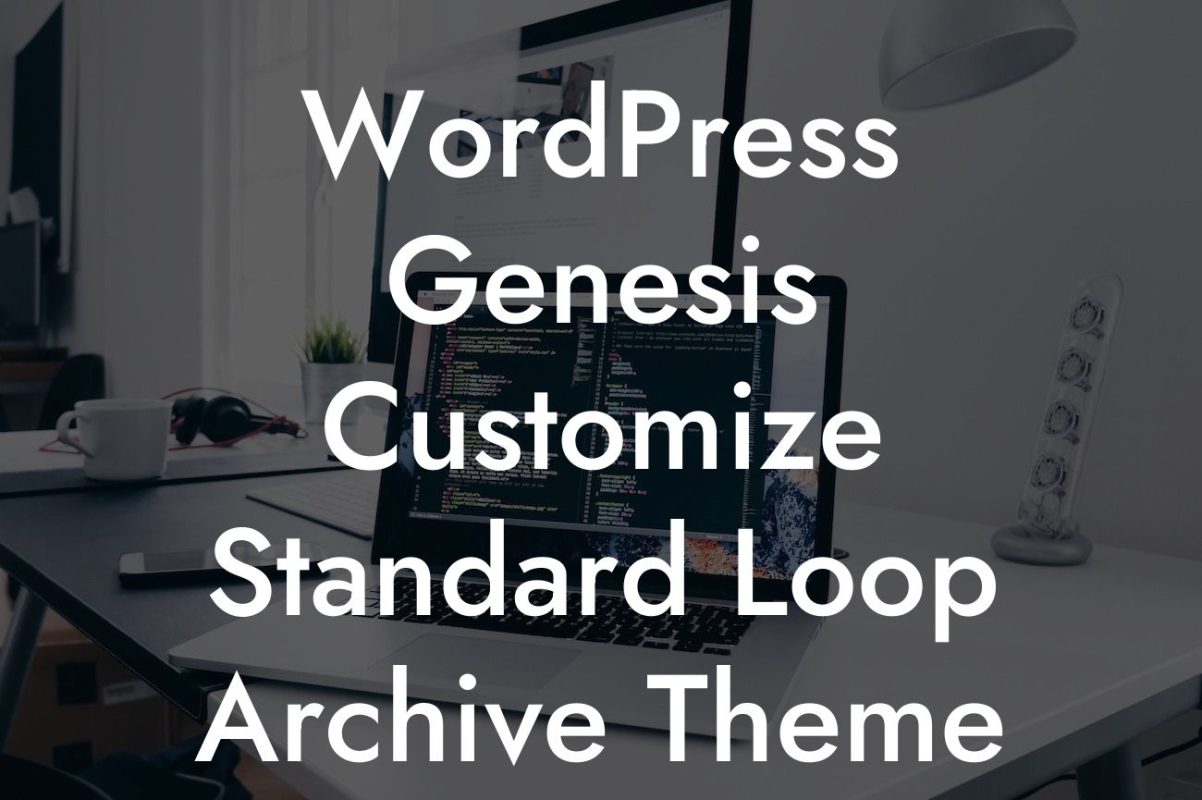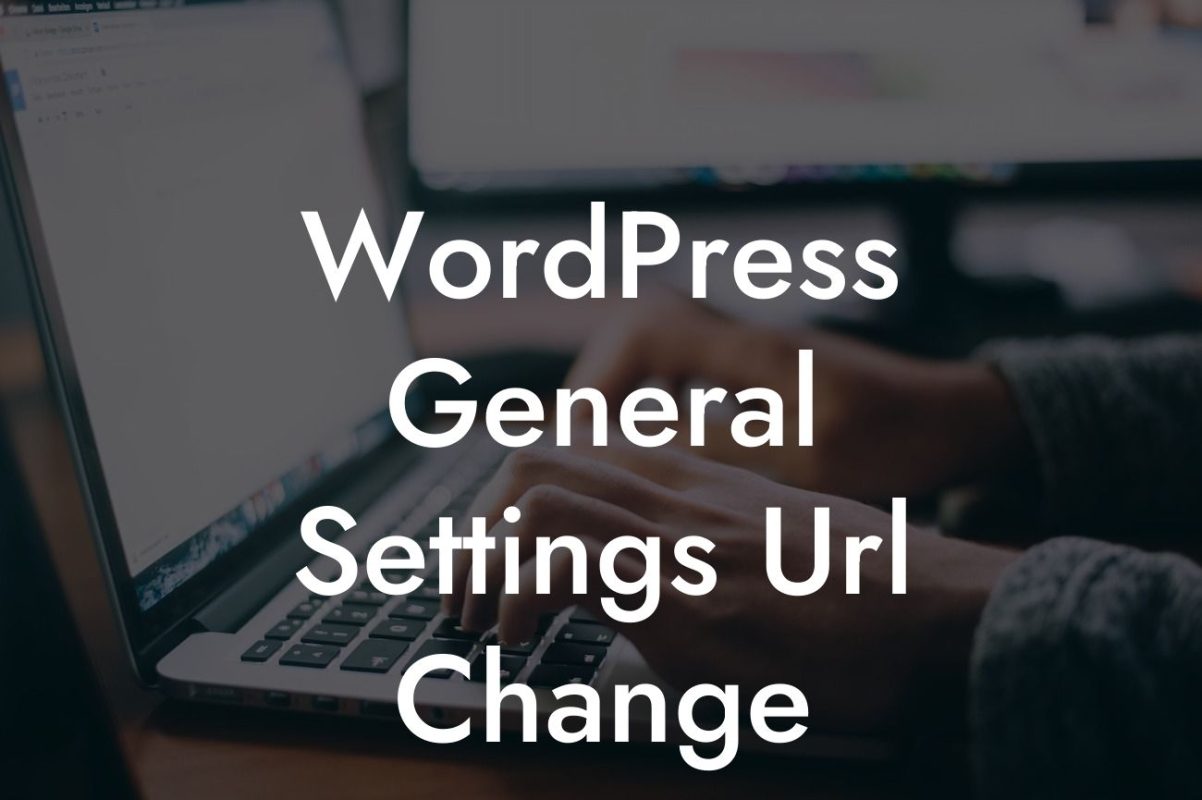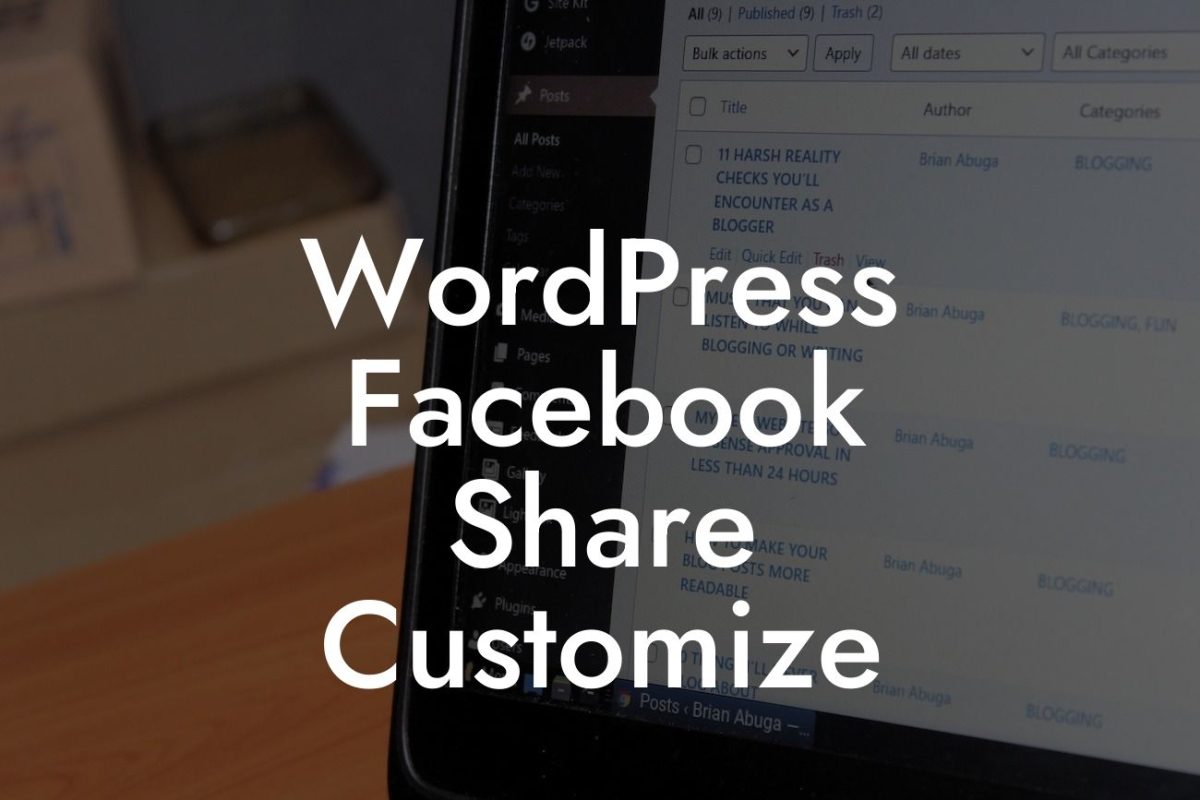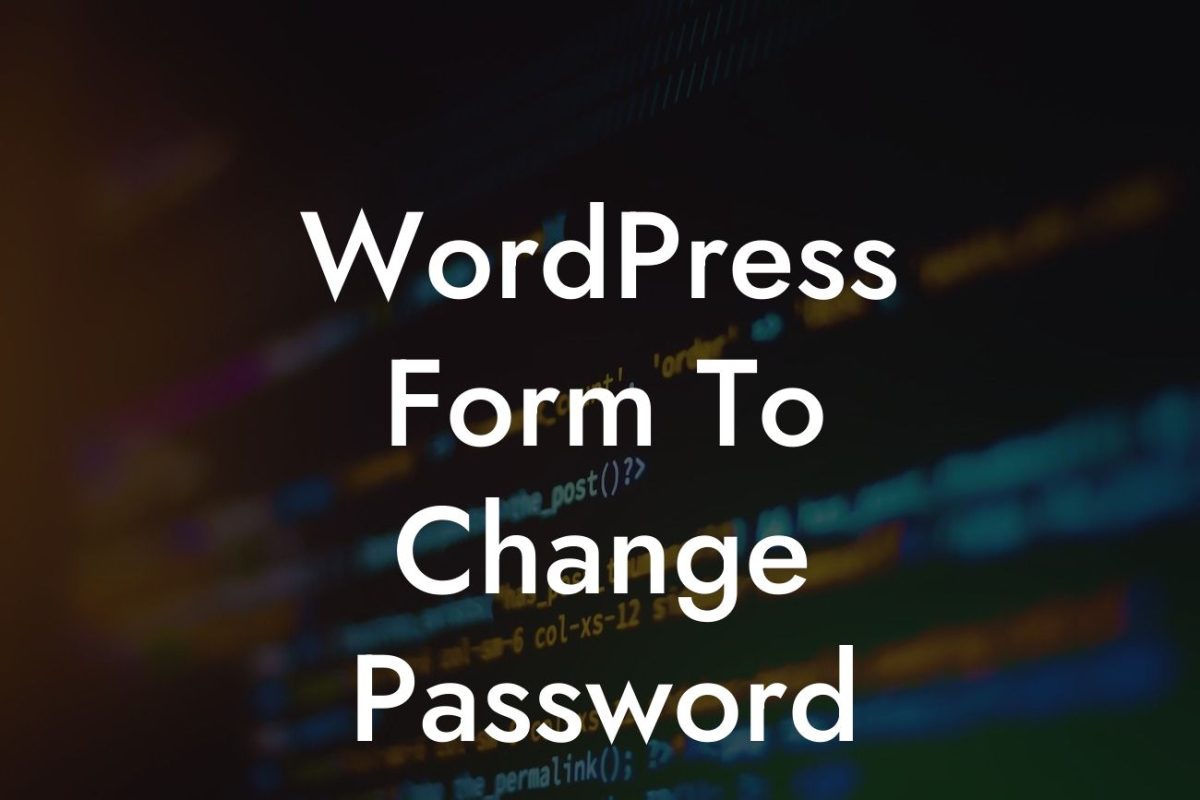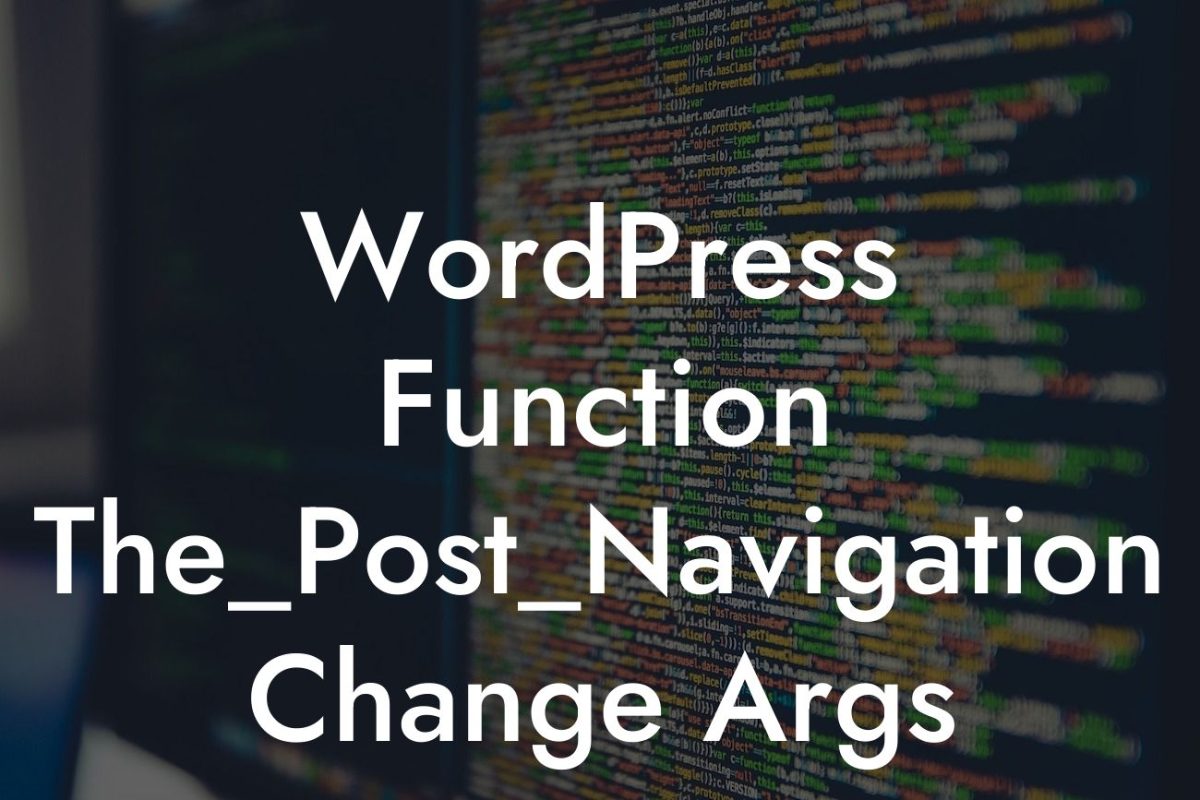Welcome to DamnWoo's comprehensive guide on how to edit pages in WordPress! As a small business owner or entrepreneur, having control over your website's content is crucial for maintaining a professional online presence. In this article, we'll walk you through the process of editing pages in WordPress, ensuring you have the knowledge to make any necessary changes and updates. Say goodbye to the hassle of relying on external developers or designers; it's time to take control of your website and make it extraordinary!
Editing pages in WordPress is straightforward and empowers you to customize your website to perfectly align with your brand. Let's dive into the steps you need to follow:
1. Accessing the Editor:
To edit a page, log in to your WordPress admin dashboard and navigate to the "Pages" section. Search for the specific page you want to edit and click on the "Edit" option. The page editor will open, allowing you to make changes.
2. Understanding the Editor Interface:
Looking For a Custom QuickBook Integration?
The editor interface encompasses two main areas: the visual editor and the text editor. The visual editor resembles a word processor, offering a user-friendly experience similar to creating a document in Microsoft Word. On the other hand, the text editor allows you to directly manipulate the HTML code underlying your page. For beginners, the visual editor is recommended.
3. Making Content Changes:
Once you're inside the editor, you can easily modify the page's content. Add, delete, or edit text by simply clicking on the relevant section and making the necessary adjustments. Want to format your content? Utilize the various formatting options available in the visual editor's toolbar, such as headings, bold, italic, bullet points, and numbered lists.
4. Embedding Media:
Enhance your page by incorporating multimedia elements. To insert an image, click on the "Add Media" button in the visual editor's toolbar. Select the desired image, adjust its settings, and insert it into your page. Similarly, you can embed videos, audio files, and other media types to make your content more engaging and dynamic.
5. Utilizing Page Attributes:
WordPress provides additional options under the "Page Attributes" section of the editor. Here, you can assign a parent page, change the template, alter the order in which the page appears on your site, and even password-protect the page.
How To Edit Page In Wordpress Example:
Let's say you run a small e-commerce store powered by WordPress. You want to update the product descriptions on one of your category pages to entice more customers. By following the aforementioned steps, you can effortlessly navigate to the specific page, edit the content, and optimize it with eye-catching headings, bullet points, and compelling language.
Congrats! You've successfully learned how to edit pages in WordPress. With this newfound knowledge, you can now take control of your website's content, ensuring it always represents your evolving business. Explore DamnWoo's other informative guides and discover our awesome WordPress plugins designed exclusively for small businesses and entrepreneurs. Don't forget to share this article with others who can benefit from it. Together, let's elevate your online presence and embrace the extraordinary!

